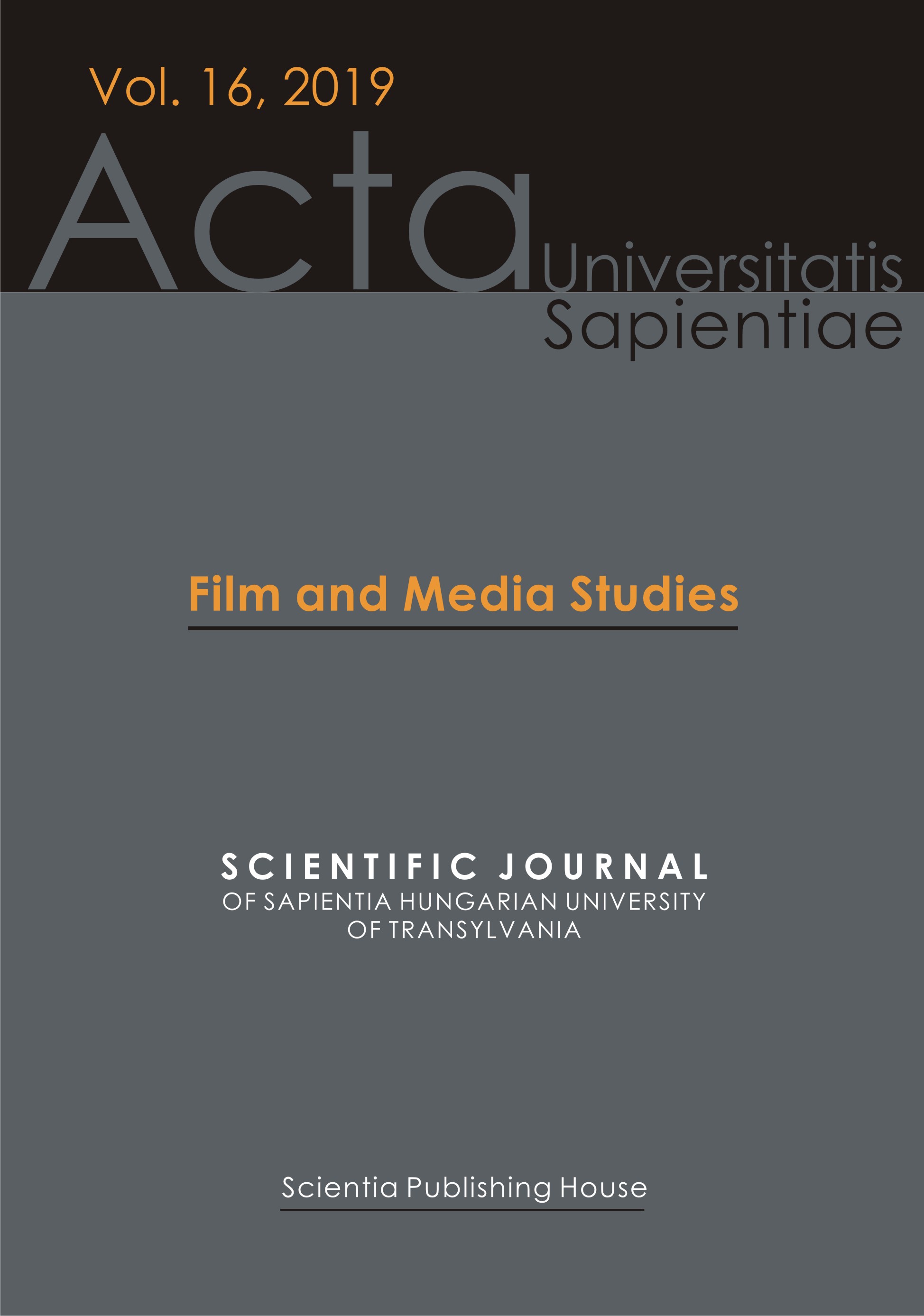German Cinematic Expressionism in Light of Jungian and Post-Jungian Approaches
German Cinematic Expressionism in Light of Jungian and Post-Jungian Approaches
Author(s): Christina StojanovaSubject(s): Fine Arts / Performing Arts, Film / Cinema / Cinematography
Published by: Scientia Kiadó
Keywords: Symbolism; Expressionism; semiotic vs. symbolic approach; psychological vs. visionary art; shadow; animus/anima; Faust-Mephistopheles dyad
Summary/Abstract: Prerogative of what Jung calls visionary art, the aesthetics of German Expressionist cinema is “primarily expressive of the collective unconscious,” and – unlike the psychological art, whose goal is “to express the collective consciousness of a society” – they have succeeded not only to “compensate their culture for its biases” by bringing “to the consciousness what is ignored or repressed,” but also to “predict something of the future direction of a culture” (Rowland 2008, italics in the original, 189–90). After a theoretical introduction, the article develops this idea through the example of three visionary works: Arthur Robison’s Warning Shadows (Schatten, 1923), Fritz Lang’s The Weary Death aka Destiny (Der müde Tod, 1921), and Paul Leni’s Waxworks (Wachsfigurenkabinett, 1924).
Journal: Acta Universitatis Sapientiae, Film and Media Studies
- Issue Year: 2019
- Issue No: 16
- Page Range: 35-58
- Page Count: 24
- Language: English

